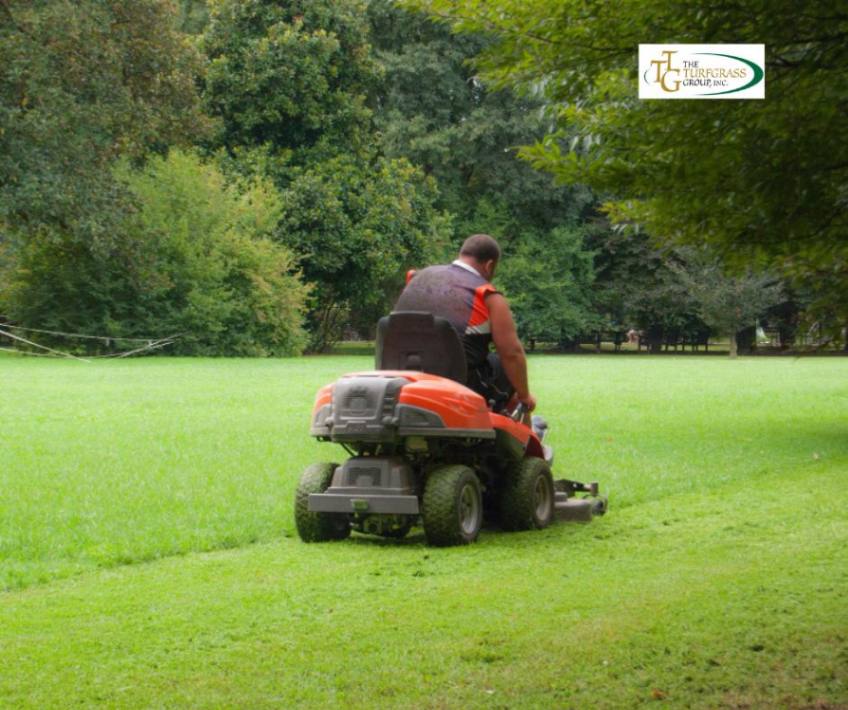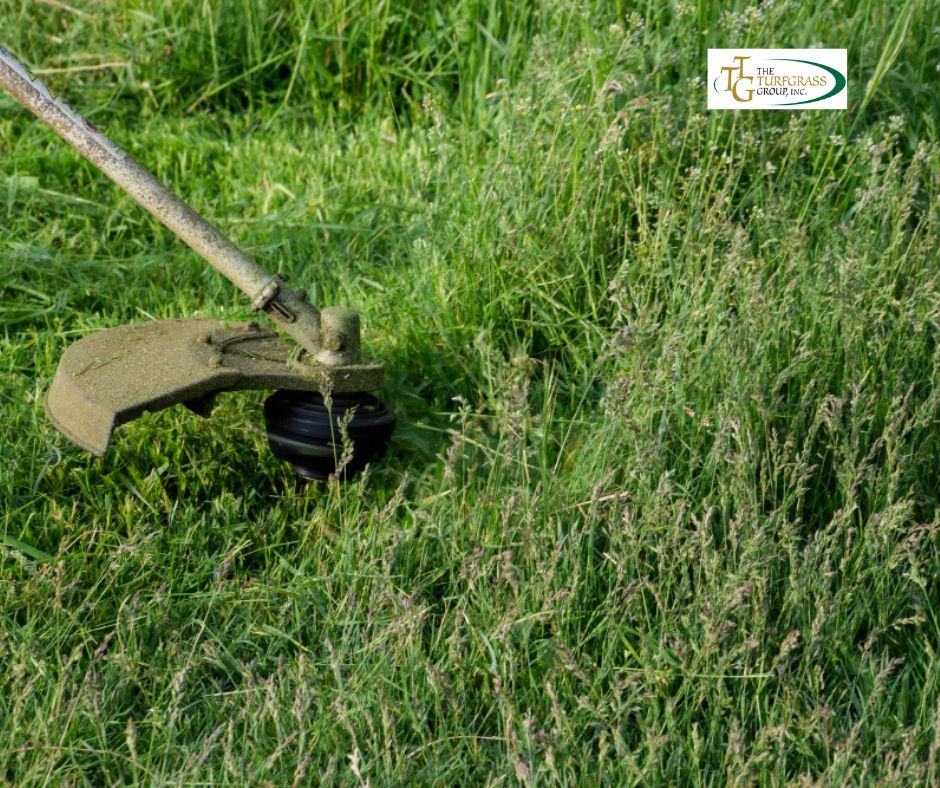
Maintaining a lush, green lawn requires proper care and attention, and one of the most essential tools in your arsenal is the lawn mower. However, with a multitude of options available in the market, choosing the right lawn mower can be a daunting task. Factors such as lawn size, grass type, terrain, and personal preference all play a crucial role in determining the most suitable mower for your needs. In this comprehensive guide, we’ll explore various types of lawn mowers and provide insights to help you make an informed decision.
Assess Your Lawn’s Size and Terrain:
Before diving into the world of lawn mowers, it’s important to assess the size and terrain of your lawn. For smaller lawns with relatively flat terrain, a lightweight and maneuverable mower such as a reel or electric mower may suffice. However, for larger lawns with uneven terrain or obstacles like trees and flower beds, a more powerful and versatile option like a gas-powered or riding mower may be necessary.
Understand Different Types of Lawn Mowers:
Reel Mowers: Reel mowers are manual mowers that rely on human power to operate. They are eco-friendly, quiet, and ideal for small to medium-sized lawns with fine grasses like Bermuda or Zoysia. Reel mowers provide a clean cut but may require more effort to push, especially through tall or thick grass.
Electric Mowers: Electric mowers are available in corded or cordless models, powered by electricity. Corded electric mowers offer unlimited runtime but require access to a power outlet, while cordless models provide greater mobility but limited runtime per charge. They are suitable for small to medium-sized lawns and are quieter and more environmentally friendly than gas mowers.
Gas-Powered Mowers: Gas-powered mowers are equipped with internal combustion engines fueled by gasoline. They offer more power and endurance, making them suitable for larger lawns with thick or tall grasses. Gas mowers come in various configurations, including push mowers, self-propelled mowers, and riding mowers, each offering different levels of convenience and maneuverability.
Riding Mowers: Riding mowers, also known as lawn tractors or garden tractors, are designed for large lawns and commercial use. They feature a seat for the operator to sit on and are equipped with a steering wheel or lap bars for navigation. Riding mowers are powerful and efficient but come with a higher price tag and require more storage space.
Consider Grass Type and Cutting Height:

Different grass types have varying growth patterns and cutting requirements. For example, cool-season grasses like Kentucky Bluegrass and Fescue thrive at taller cutting heights, while warm-season grasses like Bermuda and St. Augustine prefer shorter cuts. When choosing a lawn mower, consider its adjustable cutting height range to ensure compatibility with your grass type and desired cutting height.
Evaluate Additional Features and Accessories:
When comparing lawn mower models, pay attention to additional features and accessories that can enhance performance and convenience. Features such as mulching capability, bagging attachments, adjustable handlebars, and easy-start mechanisms can make mowing tasks more efficient and enjoyable. Additionally, consider factors like maintenance requirements, warranty coverage, and manufacturer reputation when making your decision.
Test Drive and Seek Recommendations:
Before making a final decision, it’s advisable to test drive different lawn mower models to get a feel for their handling and performance. Visit local hardware stores or garden centers to explore various options and seek recommendations from knowledgeable staff or fellow homeowners. Additionally, read online reviews and user feedback to gain insights into real-world experiences with specific models.
Budget Considerations:
Alongside features and functionality, your budget plays a crucial role in determining the right lawn mower for your needs. While reel mowers and electric mowers tend to be more budget-friendly options, gas-powered mowers and riding mowers often come with higher initial costs and ongoing maintenance expenses. Consider your long-term investment, factoring in not just the purchase price but also fuel, maintenance, and repair costs over the mower’s lifespan.
Environmental Impact:
In today’s environmentally conscious world, many homeowners are opting for eco-friendly lawn care solutions. Electric mowers, whether corded or cordless, produce fewer emissions compared to gas-powered counterparts, making them a greener choice. Additionally, reel mowers require no electricity or fuel, making them the most environmentally friendly option. By choosing a lawn mower with minimal environmental impact, you can contribute to sustainability efforts while maintaining a beautiful lawn.
Maintenance and Upkeep:
Proper maintenance is essential for ensuring your lawn mower remains in optimal condition and delivers reliable performance. Gas-powered mowers require regular maintenance tasks such as oil changes, air filter cleaning/replacement, and spark plug checks. Electric mowers may have fewer maintenance requirements, but battery-powered models may need battery replacement over time. Understanding the maintenance needs of your chosen mower and committing to a regular maintenance schedule will prolong its lifespan and prevent costly repairs.
Storage and Transportation:
Consider the storage space available in your garage or shed when selecting a lawn mower. Reel mowers and electric mowers typically have smaller footprints and are easier to store in compact spaces. Gas-powered mowers and riding mowers, on the other hand, require more storage space and may need special considerations for fuel storage and ventilation. Additionally, consider the ease of transporting the mower from storage to the lawn, especially if you need to navigate narrow pathways or steps.
Safety Features:
Safety should always be a top priority when operating a lawn mower. Look for models equipped with safety features such as blade engagement controls, automatic shut-off switches, and durable guards to prevent debris from being ejected. Additionally, familiarize yourself with proper operating procedures and safety guidelines outlined in the mower’s user manual to minimize the risk of accidents or injuries during use.
Conclusion
In conclusion, choosing the right lawn mower for your grass involves careful consideration of factors such as lawn size, grass type, terrain, and personal preferences. By understanding the different types of lawn mowers available and evaluating their features and capabilities, you can select a mower that meets your specific needs and ensures a well-groomed lawn year-round. Remember to prioritize durability, performance, and ease of use when making your decision, and don’t hesitate to seek expert advice if needed. With the right lawn mower by your side, maintaining a beautiful and healthy lawn will be a breeze.
For further assistance in choosing the perfect grass for your lawn, feel free to reach out to us at The Turfgrass Group. Our experts are here to help you make the best decision for your lawn care needs.
FAQs
How do I assess the size and terrain of my lawn to choose the right mower?
Before selecting a mower, evaluate the size and terrain of your lawn. Smaller lawns with flat terrain may suit lightweight mowers like reel or electric ones. Larger lawns with uneven terrain might require more powerful options like gas-powered or riding mowers.
What are the different types of lawn mowers available?
There are several types of lawn mowers, including reel mowers, electric mowers (corded and cordless), gas-powered mowers (including push, self-propelled, and riding mowers), and riding mowers (lawn tractors or garden tractors).
Which grass types are suitable for different lawn mowers?
Grass type matters. Reel mowers are ideal for fine grasses like Bermuda or Zoysia, while gas-powered mowers are better for larger lawns with thick or tall grasses. Consider your grass type and its cutting requirements when choosing a mower.
What additional features should I consider when choosing a lawn mower?
Pay attention to features like mulching capability, bagging attachments, adjustable cutting height, handlebars, and easy-start mechanisms. These features can enhance performance and convenience.
How should I test drive and seek recommendations for lawn mowers?
Visit local hardware stores or garden centers to test drive different models. Seek recommendations from knowledgeable staff or fellow homeowners, and read online reviews to gather insights into real-world experiences.
What role does budget play in choosing a lawn mower?
Budget is crucial. While reel and electric mowers are generally more budget-friendly, gas-powered and riding mowers may have higher initial costs and ongoing maintenance expenses. Consider long-term investment along with purchase price.
What are the environmental considerations when choosing a lawn mower?
Electric mowers produce fewer emissions than gas-powered ones, making them a greener choice. Reel mowers require no electricity or fuel, making them the most environmentally friendly option.
How can I ensure proper maintenance and upkeep of my lawn mower?
Regular maintenance tasks like oil changes, air filter cleaning, and spark plug checks are essential for gas-powered mowers. Electric mowers may have fewer maintenance needs, but battery-powered models may require battery replacement over time.
What should I consider regarding storage and transportation of the mower?
Consider the storage space available and ease of transportation. Reel and electric mowers typically have smaller footprints, while gas-powered and riding mowers require more space. Consider how easy it is to transport the mower from storage to the lawn.
What safety features should I look for in a lawn mower?
Look for safety features like blade engagement controls, automatic shut-off switches, and durable guards to prevent debris ejection. Familiarize yourself with the mower’s user manual for proper operating procedures and safety guidelines.
How do I determine the ideal cutting height for my lawn mower?
The ideal cutting height depends on your grass type. Cool-season grasses like Kentucky Bluegrass and Fescue thrive at taller cutting heights, while warm-season grasses like Bermuda and St. Augustine prefer shorter cuts. Choose a mower with adjustable cutting height settings to accommodate your grass type and desired lawn aesthetic.